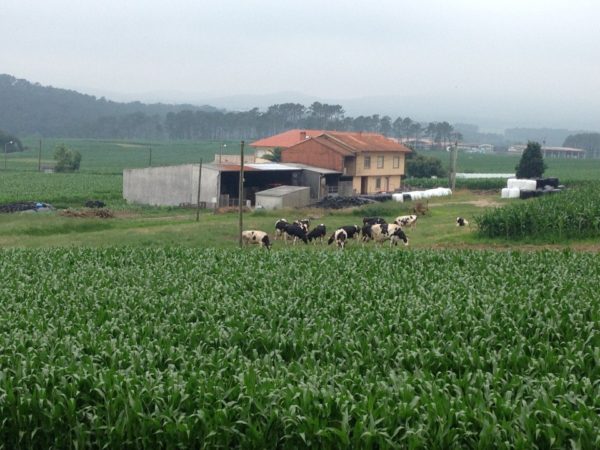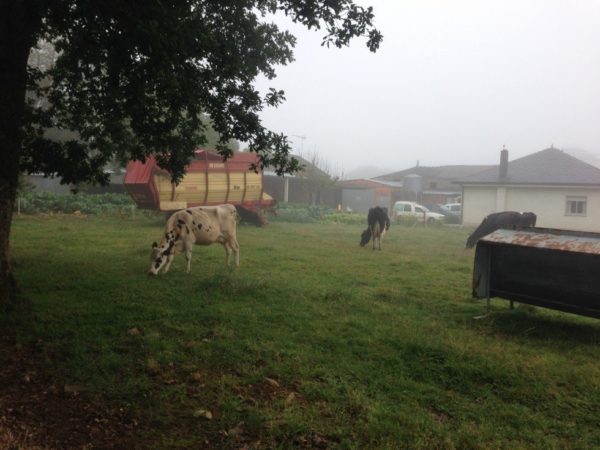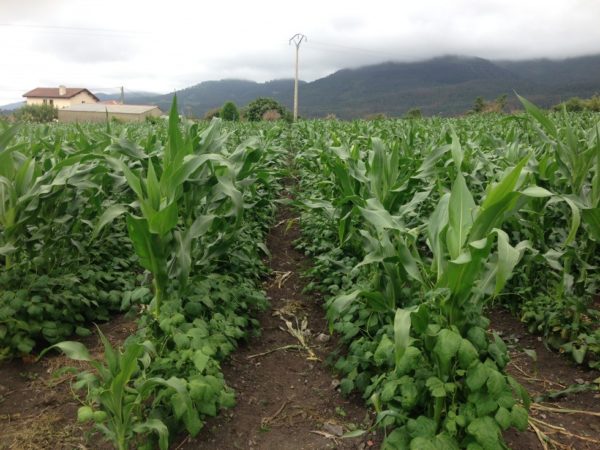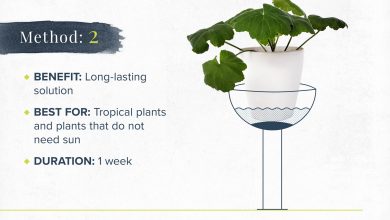The Camino de Santiago and its Orchards
Very good to all walkers and agrohuerters. This summer I was lucky enough to have a couple of weeks off to do something as magical and cool as the Camino de Santiago, and what can I tell you… I recommend it to all of you who like hiking, mountaineering or simply seeing landscapes.

The Camino de Santiago and its orchards
Religious reasons aside, the Camino is a perfect excuse to get to know the north of Spain, walk outdoors, meet people… You don’t need much physical preparation, you have a lot of different routes to start with and you will always come back with a backpack full of experiences. and dirty clothes. I am not going to entertain myself giving advice on how to do it or what is recommended to take, there are many pages with very complete information about the Camino de Santiago, I leave you this one that is the one that helped me the most when planning and preparing.
I did the Northern Way, not the whole way, only from Oviedo to almost Fisterra passing through Santiago, which is not little, this way has its advantages and disadvantages like everyone else, I was struck by walking near the coast and visiting cities as interesting as Oviedo, Avilés, Luarca etc…
During the journey you notice many things… The monuments, the cities, the towns, the people, the beaches… And of course, the crops and orchards that are there, which are not few.
The north of Spain is another roll in that sense because there they practically forget about irrigation and anyone can have their garden at home, I kept noticing each one that appeared along the way and I have to remember to remember their characteristics well, but I think that more or less I can give you a general vision of the agricultural landscape that can be seen there, where the orchards play a very important role:
Agricultural system: Herbaceous crops – Livestock – Horticultural:
This is Busto, a very charming town in La Coruña, I have chosen this photograph because it is the one that best shows what I want to tell you:
In the foreground there is a small plot of land cultivated with maize, probably fodder, whose final destination will be to form a silage that will serve as food for the Friesian (dairy) cows that can be seen in the center of the image.
Silage is a technique to preserve forage through its lactic fermentation, thus preserving its nutritional properties. You can see several bales of silage on the right side of the photograph and don’t be fooled by those tires, they are part of a half-buried silo with silage.
And where are the orchards?
Good question, the orchards are far from the cows, probably behind the house, we can tell by the greenhouse on the right of the image behind the silage bales. These orchards are usually fertilized with the manure of these cows, which is one of the ways that we discussed in the article on how to fertilize the orchard.
These animals rest under cover on a bed of straw, their feces together with this straw is regularly removed and stacked to clean the beds and generate piles of manure that will mature over time to create a great fertilizer for these orchards.
In addition, the remains of horticultural crops are used to feed these cows, thus closing the cycle of herbaceous crops-livestock-horticultural crops.
From my point of view, this system is one of the most idyllic there is, everything is reused and taken advantage of, it is little or not at all aggressive against the environment and leaves a beautiful landscape.

In this other example, we can finally see one of the orchards that I was talking about, well fenced so that the cows do not enter.
What do I know plant in these orchards
Well, each orchard is a world, also the peculiarities of the climate mean that practically anything can be planted… But there are some very characteristic species of the area that used to be repeated in almost all the orchards that I observed.
Cabbage and beans. Authentic star crops from Galicia and Asturias and not just any bean: Verdinas, Faba Asturiana or Fabes depending on where you are along the way…
It is logical that walking around there you can find authentic wonders like this crop of faba associated with corn in Cadavedo, Asturias:

At Agrohuerto we already published an article on how to grow green beans some time ago, but we have not yet dedicated a specific article to fabes, kidney beans or white beans. We hope to do it soon
Greetings and good road.

![Photo of Pear Tree Pests and Diseases: [Detection, Causes and Solutions]](https://www.complete-gardening.com/wp-content/uploads/2022/08/pear-tree-pests-and-diseases-detection-causes-and-solutions-390x220.jpg)
![Photo of Lawn Mower: [The Best on the Market in 2021]](https://www.complete-gardening.com/wp-content/uploads/2022/08/lawn-mower-the-best-on-the-market-in-2021-390x220.png)
![Photo of Equatorial Climate: [Characteristics, Flora, Fauna and Adaptability]](https://www.complete-gardening.com/wp-content/uploads/2022/08/equatorial-climate-characteristics-flora-fauna-and-adaptability-390x220.jpg)
